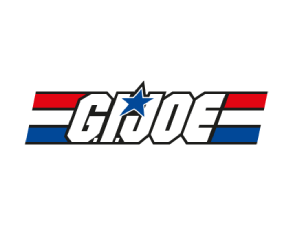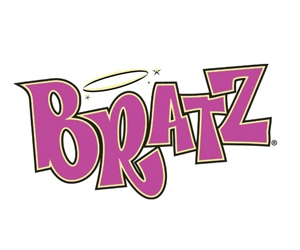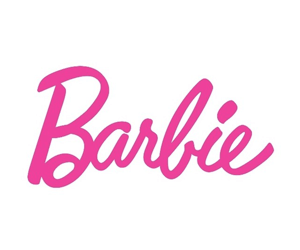G.I. Joe World War I Dough Boy Action Figure Blond 1999 Hasbro 81572 NEW
Description
In 1914, at the onset of World War I, the United States was hardly an effective and efficient war machine. But from the time it entered the conflict on April 6, 1917, to Armistice Day on November 11, 1918, the U.S. expanded its Army from 200,000 troops to 4,000,000-effectively turning the tide for the struggling Allied forces. Within that 19-month period, the U.S. Army proved itself to be a superior military power, and one of the key defenders of freedom around the globe. Its success was due to the determination of its soldiers, designated the "Doughboys." History debates the origin of their nickname. Some theories point to mud, or adobe-covered soldiers in the Mexican War, while others claim the moniker originated from the uniform buttons of Union soldiers in the Civil War. Whatever the origin, the name became synonymous with grit and determination-the dominant qualities of our American soldiers fighting during World War I.
Authentic Military Weapons & Clothing - Blonde hair, blue eyes - Multiple Points of Articulation - Equipment List: Browning M1917 machine gun & tripod, Springfield rifle bayonet & sheath, gas mask & bag, shovel & sheath, ammo belt, ammo rounds, haversack, filter can, canteen & holder, leg wraps, Doughboy dogtags & Helmet - Ages 5 And Up
There is some wear on the corners of the box and come creasing in the cardboard along the corners. The plastic front has minor wear and the accessories have come loose from their places. Complete.
All of our items are from a clean, smoke free, pet free environment.
We ship FAST and Pack with CARE













































